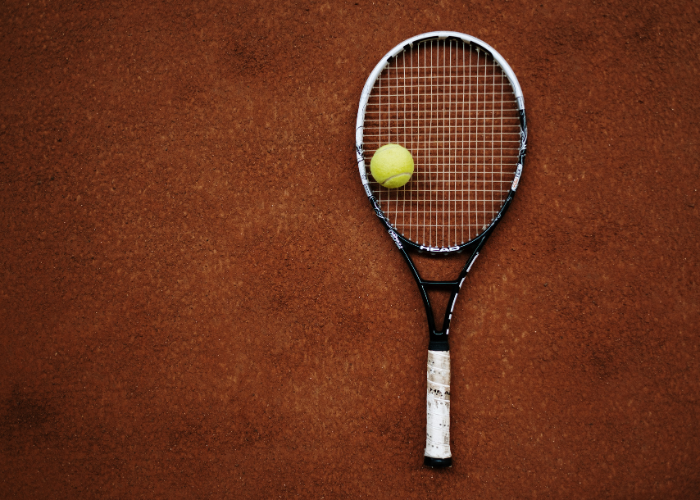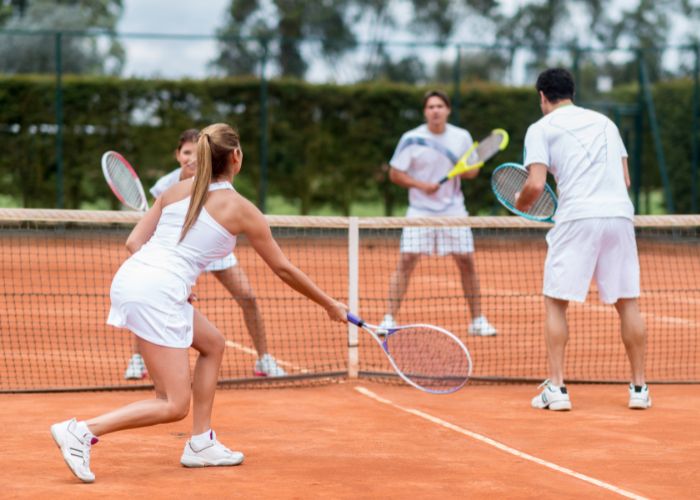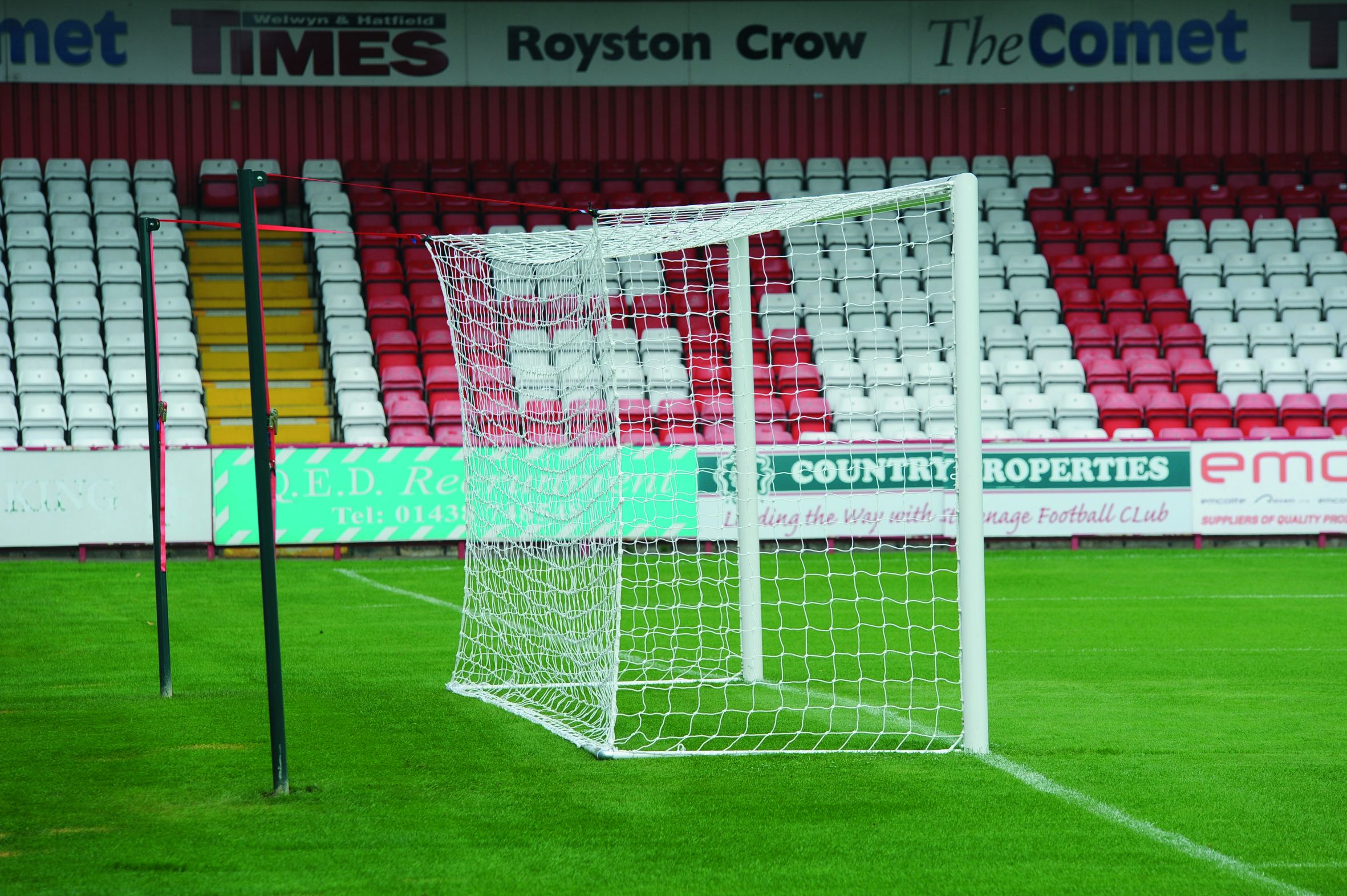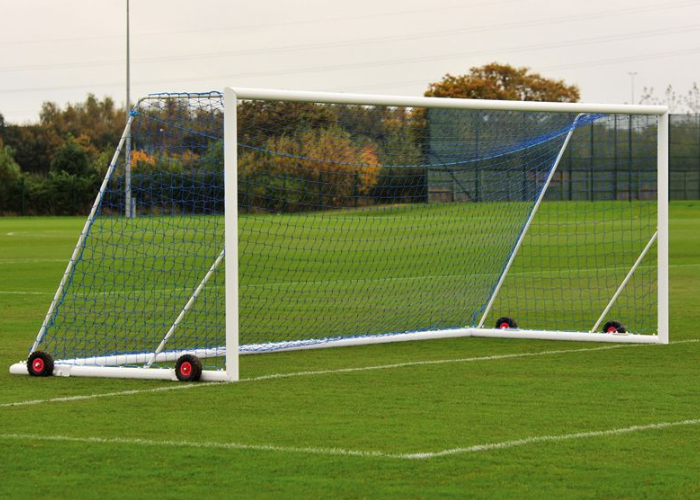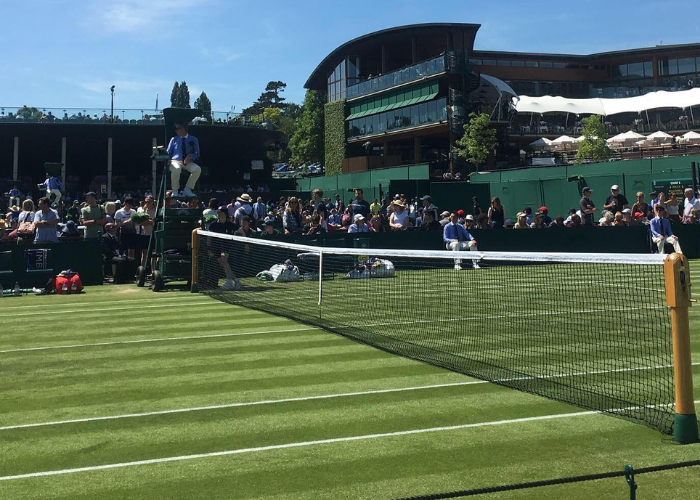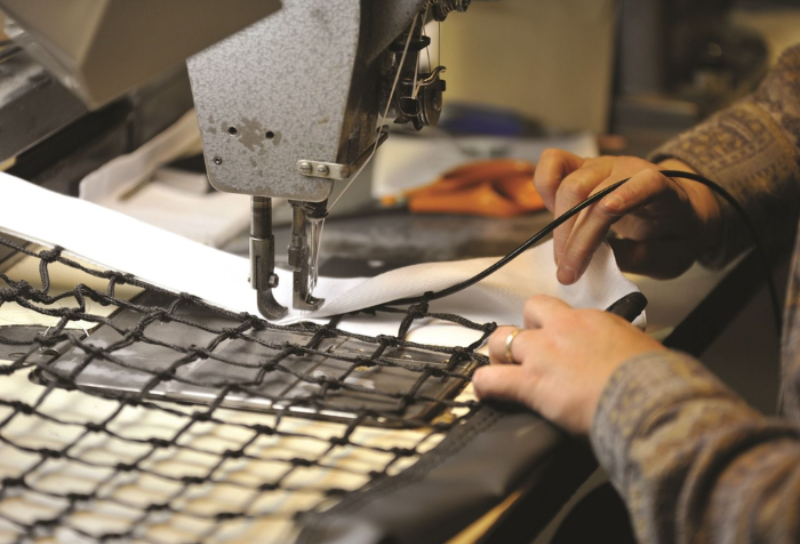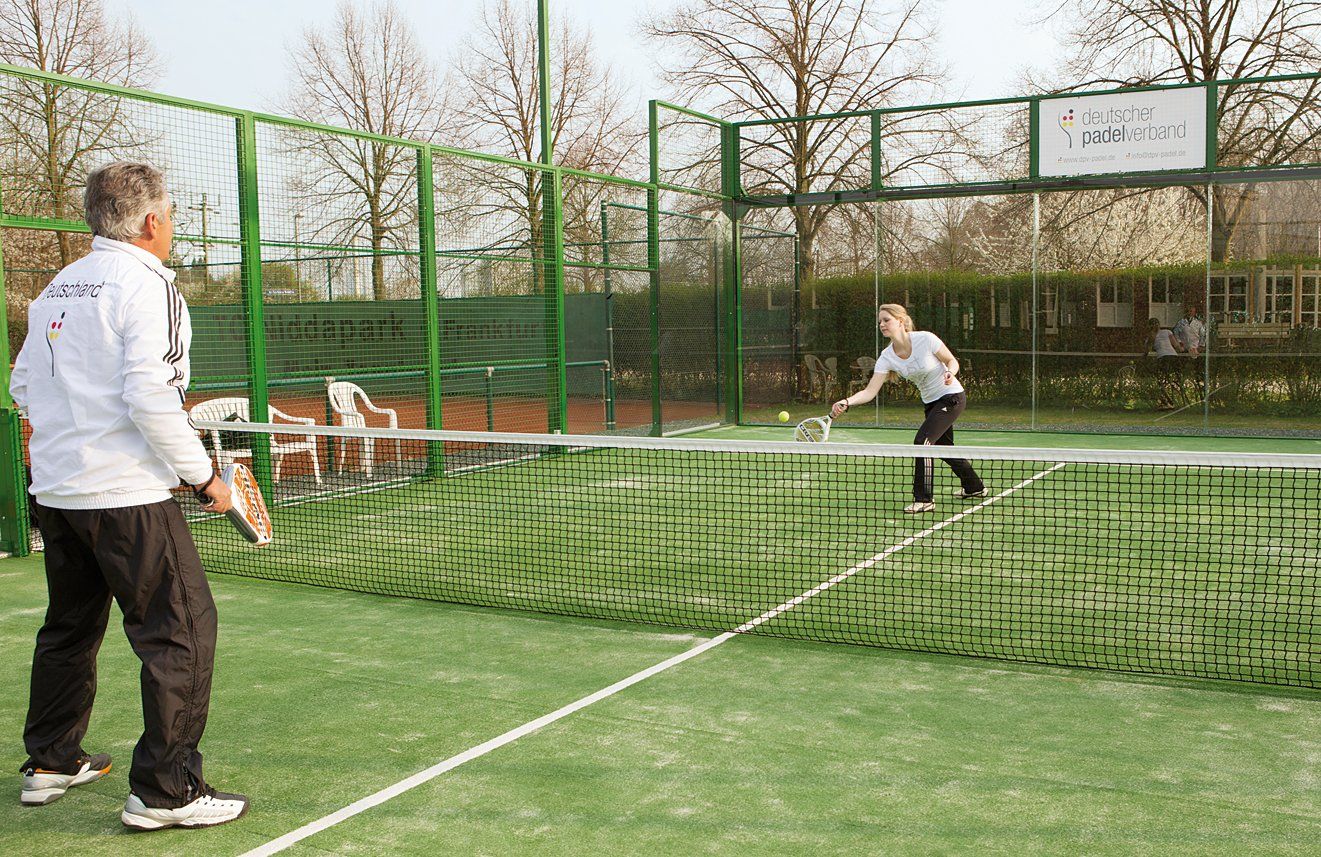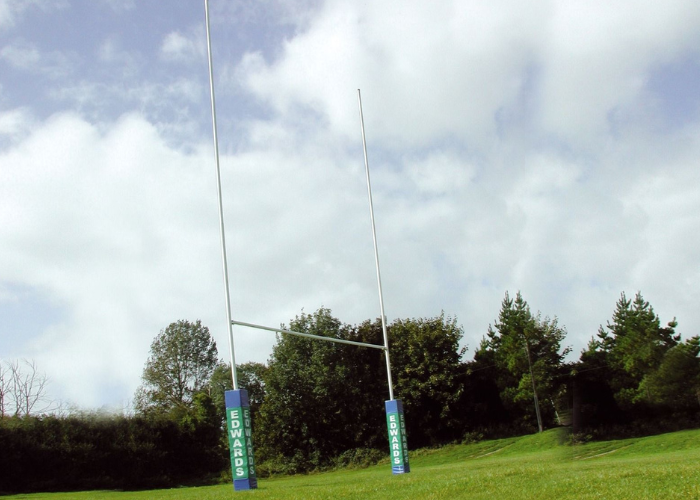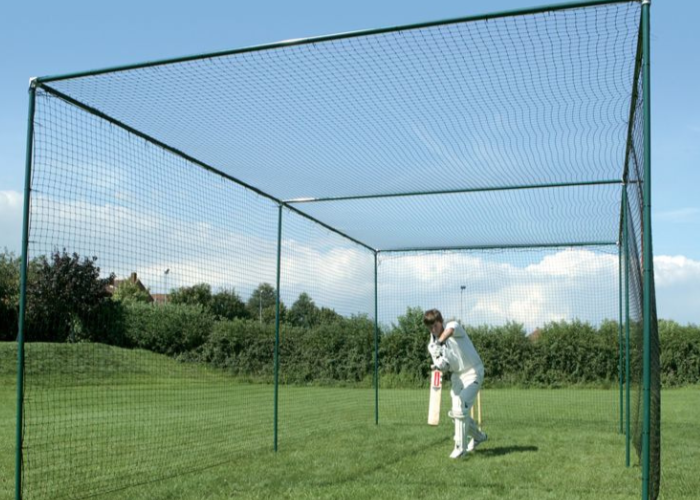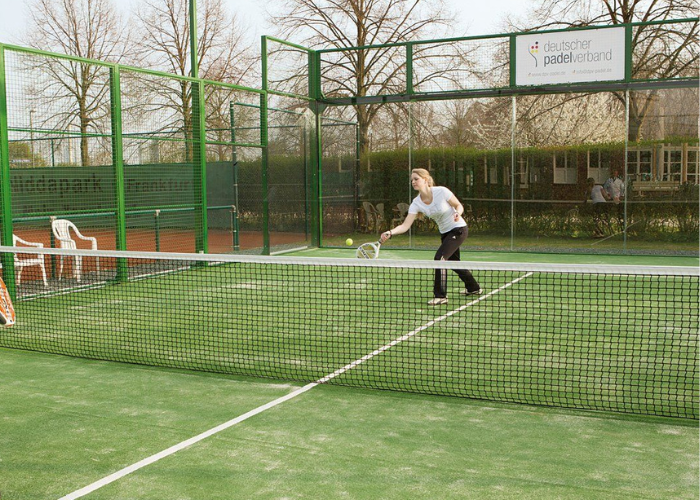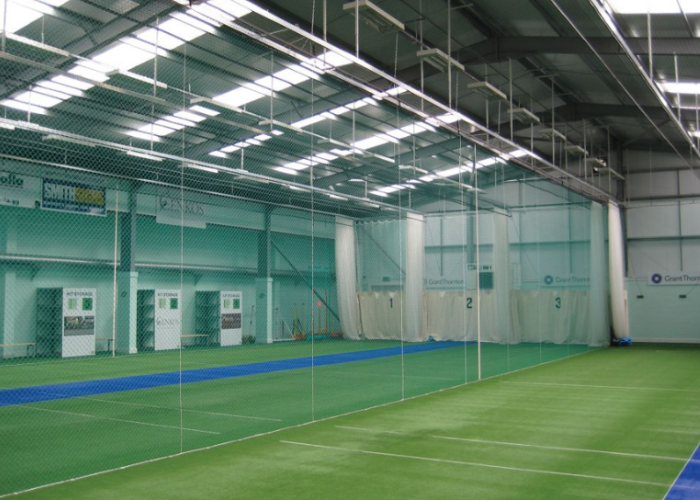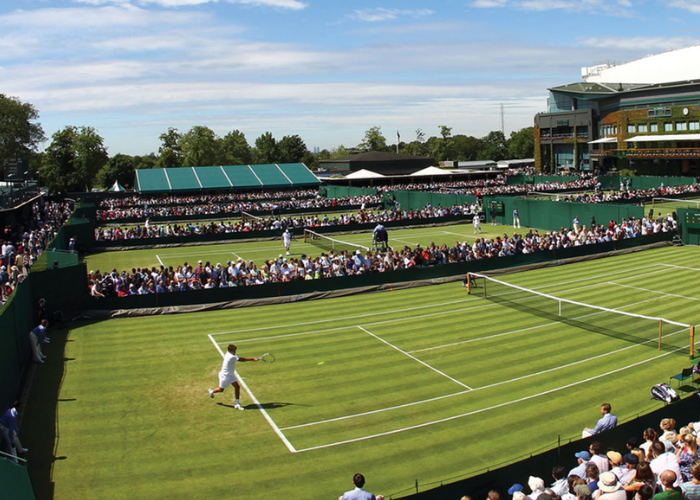We use cookies to make your experience better. To comply with the new e-Privacy directive, we need to ask for your consent to set the cookies. Learn more.
Spectator’s Guide to The French Open 2024
- Admin
- Blog Posts
- 1 Feb 2024
-
41views
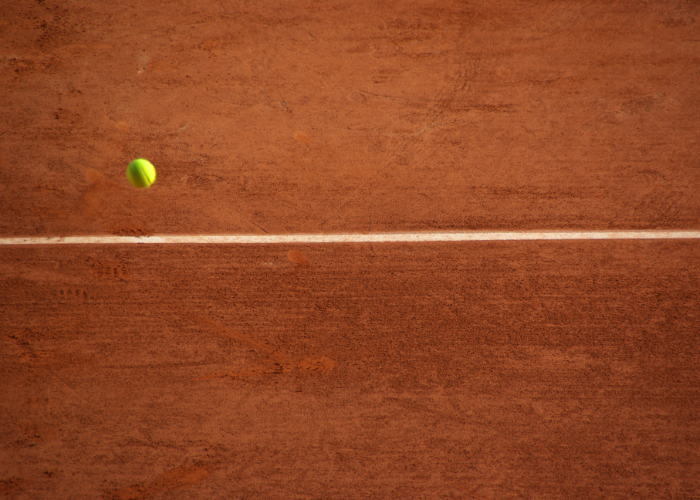
Come with us on a journey to the iconic clay courts at Roland-Garros, and let the excitement build for the display of world-class tennis that is the French Open!
Renowned as one of the four Grand Slam tennis tournaments, the French Open stands out to fans due to the unpredictable play offered by its clay courts, and it's only growing in popularity.
This historic event, set within the picturesque bounds of Paris, has been a crucible of endurance and strategy that fans love. It's a stage where legends have been forged, and the finest players have clinched hard-won victories.
Whether you yourself are headed to the French Open venue this year or you’ll be watching from afar, we’ve got everything you need to know about this iconic event before the opening game on May 20th 2024.
|
In this guide: The French Open Venue: Exploring Roland Garros Stadium What are the Different Courts at Roland Garros? How the Tournament Unfolds: The French Open Format Prizes & Ranking Points Distribution Stars of the Clay Court: Legendary French Open Players |
The French Open Venue: Exploring Roland Garros Stadium
Roland-Garros is an iconic tennis venue that has been the home of the French Open since 1928. Located in Paris. It gets its name from Roland Garros, a well-known French aviator and World War I hero. The stadium has undergone numerous renovations over the years to keep up with modern standards while still maintaining its historical charm.
The clay courts that make up Roland-Garros are known for their slow, high-bouncing surface, which adds an element of unpredictability to matches. Unlike other Grand Slam events, which use hard or grass courts, the clay at Roland-Garros requires players to adapt their game and strategy accordingly.
Image: by cottonbro studio (from Pexels) via Canva.com
Roland-Garros Stadium Fast Facts
Here are some quick facts about the iconic French Open venue to inform your Tournament small talk (and score you some points with fellow tennis fans):
|
Approximate Capacity |
15,225 (Court Philippe Chatrier) 10,068 (Court Suzanne Lenglen) 5,000 (Court Simonne Mathieu) |
|
Sports |
Tennis, Boxing, Wheelchair Tennis |
|
Location |
Paris, 16th arrondissement |
|
Stadium Size |
13.5-hectare (34-acre) complex with twenty courts |
|
Surface Composition |
White limestone covered with a few millimetres of powdered red brick dust. Beneath the limestone are layers of volcanic rock, sand, and concrete slab. |
|
Travel |
A special Stade Roland Garros taxi stand operates in May and June during the French Open |
Why Clay Tennis Courts Are the Perfect Court For Any Playing Level
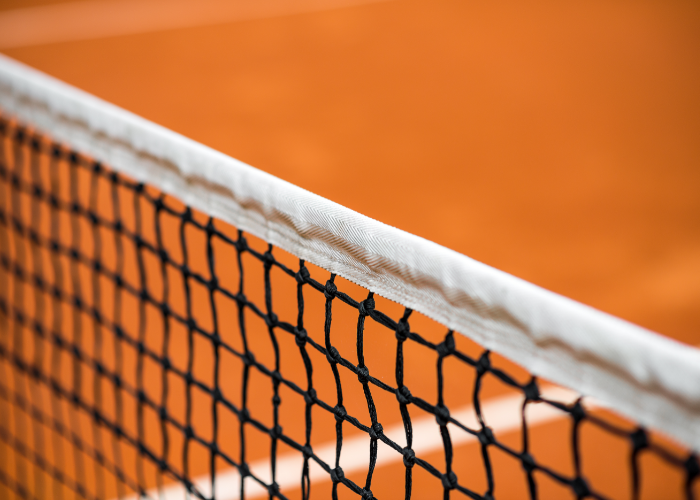
Image: by ilbusca (from Getty Images) via Canva.com
What are the Different Courts at Roland Garros?
Roland Garros, the illustrious venue of the French Open, boasts various courts, each with its own unique ambience and history. Here's a glimpse into what spectators can expect:
Court Philippe Chatrier
This central court, named in honour of the former French tennis player and administrator, is the principal stadium and the showpiece court of Roland-Garros.
Holding the largest spectator capacity, it bears witness to the most significant matches and finals.
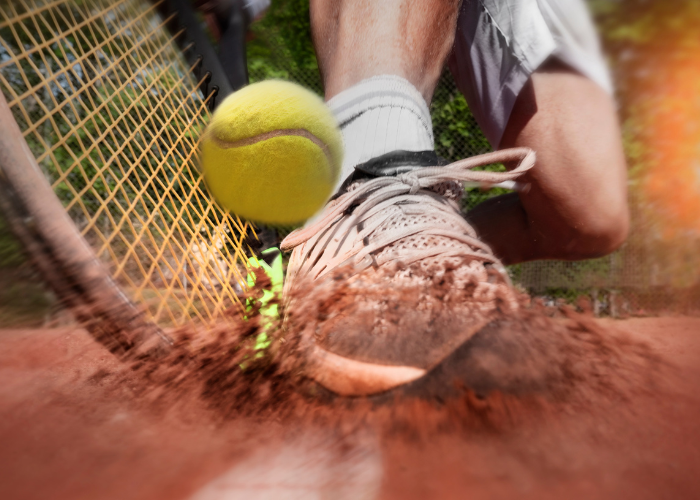
Image: by mikdam (from Getty Images) via Canva.com
Court Suzanne Lenglen
The second-largest court in the complex, it’s named after France's legendary female tennis player.
Fans cherish this court for its lively atmosphere and the intense matches it hosts during the early and middle rounds of the tournament.
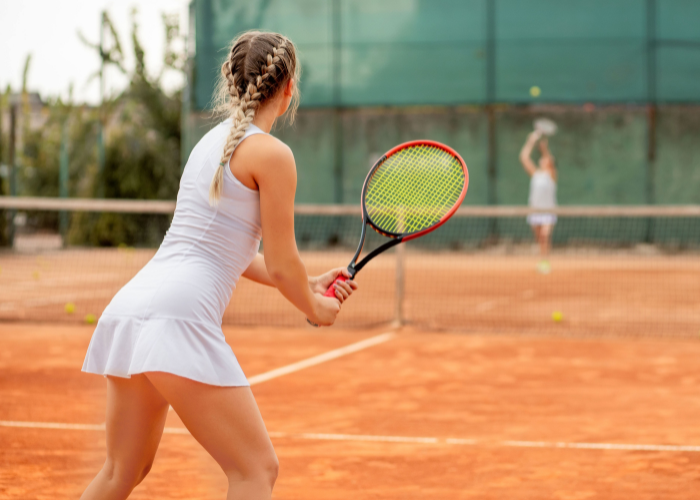
Image: by Зображення користувача Volodymyr Maksymchuk via Canva.com
Court Simonne Mathieu
A beautiful addition to Roland-Garros, this court is surrounded by greenhouses featuring plant species from four different continents.
It is named after the French tennis champion and is celebrated for its intimate setting, allowing fans to get closer to the action.
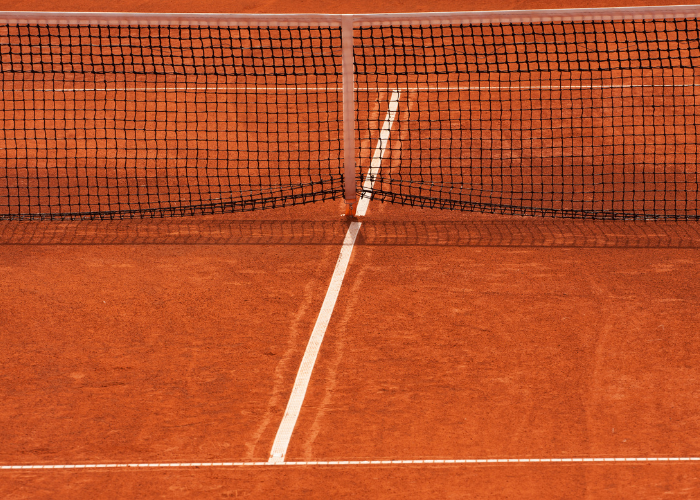
Image: by DKart (from Getty Images) via Canva.com
Outside Courts
In addition to these main show courts, there are numerous outside courts where spectators can enjoy early-round play.
These courts provide an excellent opportunity to see both budding talents and seasoned players up close as they battle to advance in the tournament.
The Unique Challenges of Clay Court Tennis
Clay tennis courts are one of the main factors that draw tennis fans to the French Open in their droves.
This surface is notorious for being slow-playing, where the tennis ball typically bounces higher and more unpredictably than it would on hard or grass courts. It demands players exhibit remarkable physical prowess to endure long rallies and strategic acumen to thoughtfully construct points.
At the French Open, the clay surface influences play by reducing the effectiveness of fast serves and powerful shots that would otherwise skim quickly off faster surfaces, thereby levelling the playing field somewhat between different styles of play.
Sliding is an essential skill on clay, allowing players to cover the course more efficiently while also adding strain to their muscles and joints. These conditions result in matches that are as much a mental test as they are a display of technical skill and physical endurance, creating an enthralling atmosphere for spectators and a daunting challenge for competitors.
Clay Court vs Hard Court Tennis: Which is the Better Surface for Players?
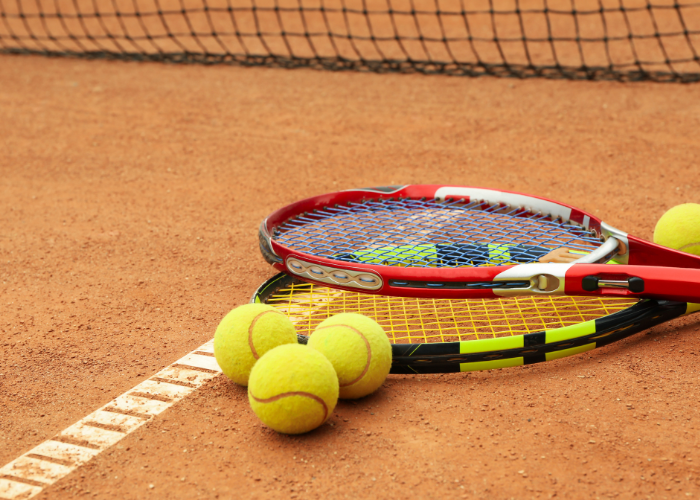
Image: by atlaststudio via Canva.com
How the Tournament Unfolds: The French Open Format
The French Open follows a traditional knockout format, with players battling it out across five main events: men's singles, women's singles, men's doubles, women's doubles, and mixed doubles. This format ensures numerous suspense-filled matches, culminating in the thrilling moment when the champions of clay court tennis are crowned.
Singles Competitions
In singles competitions, both men and women compete in a draw of 128 players, which includes qualifiers, wild card entrants, and direct acceptances based on world rankings.
The tournament spans over 2 weeks, during which matches are held in a best-of-5 sets format for men and best-of-3 sets for women. Each match is a battle for dominance, with each round whittling down the competitors until only two are left in the final, vying for the prestigious title.
Doubles Competitions
The doubles events at the French Open follow a similar elimination format to the singles, featuring a draw of 64 teams in the men's, women's, and mixed categories. Teams are formed by pairings of players who may or may not compete in the singles events.
These matches are played in the best-of-three sets format, with the third set typically played without a tiebreak, reflecting the endurance aspect unique to clay court tennis.
The doubles contests are lauded for their display of teamwork and coordination, with players exhibiting finesse in volleys and strategic placement of shots to outmanoeuvre their opponents. Winning the doubles at Roland-Garros is a testament to skilful collaboration and harmony between teammates on the court.
Image: by andresr (from Getty Images) via Canva.com
Prizes & Ranking Points Distribution
The stakes are high at the French Open, not only due to the prestige of winning but also because of the significant impact the tournament has on player rankings.
Points System for Singles Matches
Below are the ranking points system and distribution in adherence to protocols set by the ATP and WTA for men’s and women’s singles matches.
|
Position |
Women's Singles Points |
Men's Singles Points |
|
Q1 |
2 |
N/A |
|
Q2 |
20 |
8 |
|
Q3 |
30 |
16 |
|
Qualifier (Q) |
40 |
250 |
|
Round of 128 |
10 |
10 |
|
Round of 64 |
70 |
50 |
|
Round of 32 |
130 |
100 |
|
Round of 16 |
240 |
200 |
|
Quarterfinals (QF) |
430 |
400 |
|
Semifinals (SF) |
780 |
800 |
|
Final |
1300 |
1300 |
|
Winner |
2000 |
2000 |
Points System for Doubles Matches
Below are the ranking points distribution in adherence to protocols set by the ATP and WTA for men’s and women’s double’s matches.
|
Position |
Women's Doubles Points |
Men's Doubles Points |
|
Round of 64 |
10 |
N/A |
|
Round of 32 |
130 |
100 |
|
Round of 16 |
240 |
200 |
|
Quarterfinals (QF) |
430 |
400 |
|
Semifinals (SF) |
780 |
800 |
|
Final |
1300 |
1300 |
|
Winner |
2000 |
2000 |
This descending scale continues down through the early rounds, with first-round participants even crediting their ranking with 10 points. Underscoring the tournament's pivotal role in shaping the professional standings of tennis players.
Prize Money Distribution
The prize money is also an important aspect of the French Open, and due to the popularity of the tournament, the prize money offered throughout the competition is generous.
We've broken down this year's estimated prize money into an easy-to-read table for the singles and doubles tournaments.
|
Position |
Singles |
Doubles |
|
Q1 |
€14,000 |
N/A |
|
Q2 |
€20,000 |
N/A |
|
Q3 |
€31,000 |
N/A |
|
Round of 128 |
€62,000 |
N/A |
|
Round of 64 |
€86,000 |
€15,500 |
|
Round of 32 |
€125,800 |
€25,000 |
|
Round of 16 |
€220,000 |
€42,000 |
|
Quarterfinals (QF) |
€380,000 |
€79,500 |
|
Semifinals (SF) |
€600,000 |
€146,000 |
|
Final |
€1,100,000 |
€290,000 |
|
Winner |
€2,200,000 |
€580,000 |
Note: These prize amounts are estimates and are subject to change before the tournament begins.
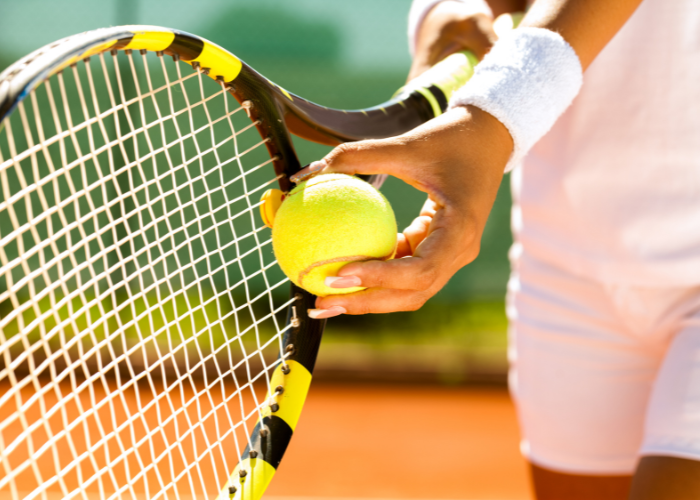
Image: by LuckyBusiness (from Getty Images) via Canva.com
Stars of the Clay Court: Legendary French Open Players
The French Open courts have been graced by many legendary players who have left an indelible mark on the red clay of Roland Garros. Some of the most celebrated figures in the tournament's history include…
- Björn Borg – Often dubbed the 'King of Clay,' Borg's baseline playing style and incredible mental fortitude earned him six French Open titles. His precision and stamina set a new standard for success on clay courts.
- Chris Evert – Evert's remarkable consistency on clay led her to a record seven French Open singles titles. Her impeccable footwork and patience in rallies made her a formidable opponent.
- Rafael Nadal – With an unprecedented fourteen French Open wins to his name, Nadal is widely regarded as the greatest clay-court player of all time. His topspin-heavy forehand and unparalleled fighting spirit have dominated the Parisian clay.
- Steffi Graf – Graf's powerful forehand and comprehensive game brought her six French Open championships. She excelled on all surfaces but showcased extraordinary performance at Roland Garros.
- Rod Laver –The only player to achieve the Calendar Grand Slam twice, including the French Open, Laver's versatility and competitive drive were unmatched during his era.
- Justine Henin – Henin, known for her fluid one-handed backhand, won the French Open four times. Her aggressive style of play and exceptional movement on clay made her a perennial favourite.
- Ivan Lendl – With three French Open titles to his name, Lendl's powerful baseline game and mental toughness helped him master the slow-playing conditions at Roland Garros.
- Novak Djokovic – Djokovic, known for his exceptional baseline play and mental resilience, has secured three French Open titles. His adaptability and unwavering determination have established him as a formidable force on the clay courts.
Each of these players has contributed to the rich history of the French Open with their unique styles, resilience, and extraordinary achievements, making them true legends of the clay court.
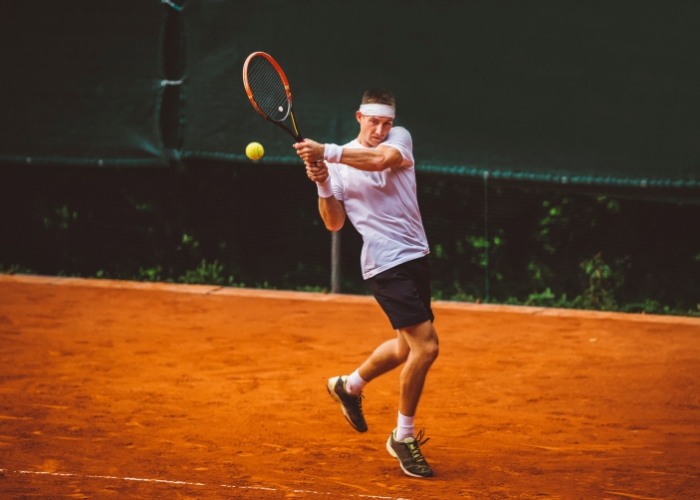
Image: by Ziga Plahutar (from Getty Images) via Canva.com
Get into the French Open Spirit With Edwards Sports
As the French Open approaches, enthusiasts and players alike gear up for a spectacle of top-tier tennis. The blend of rigorous athleticism, strategic mastery, and the historic Roland-Garros clay sets the stage for unforgettable matches.
Whether you'll be enjoying the event courtside or from the comfort of your home, each match promises to be a display of awe-inspiring talent and endurance.
Keep up to date with match dates and times and all the action from live matches through our social media and our blog.
FAQs
When Does the French Open Start?
The French Open is scheduled to begin on Sunday, May 20, 2024, and will run until Sunday, June 9, 2024, featuring two weeks of competitive clay court action among the world's top tennis talents.
Is Novak Djokovic in the French Open This Year?
Novak Djokovic is expected to participate in the French Open this year. Having previously won the title three times, Djokovic's presence adds significant anticipation as he seeks to further affirm his status as one of the greats on the clay court.
How Can I Watch the French Open in the UK?
Viewers in the UK can catch live coverage of the French Open on Eurosport and Discovery+. These channels hold the TV rights to the French Open until 2026. They also hold the rights to other grand slam tournaments until 2030 and beyond.
Which Player Has Won the Most French Opens?
Rafael Nadal, the Spanish tennis maestro, holds the record for the most French Open titles. His dominance on the red clay of Roland Garros is unprecedented, with a staggering fourteen victories to date. Nadal's first win came in 2005, and he has since been the epitome of excellence at the prestigious Grand Slam tournament.
What is the Difference Between Roland Garros & Wimbledon?
Roland Garros and Wimbledon differ primarily in their playing surface. Roland Garros is played on clay courts, which slow the game and produce high bouncing balls. Wimbledon is played on grass courts, leading to a faster game with a lower bounce.








